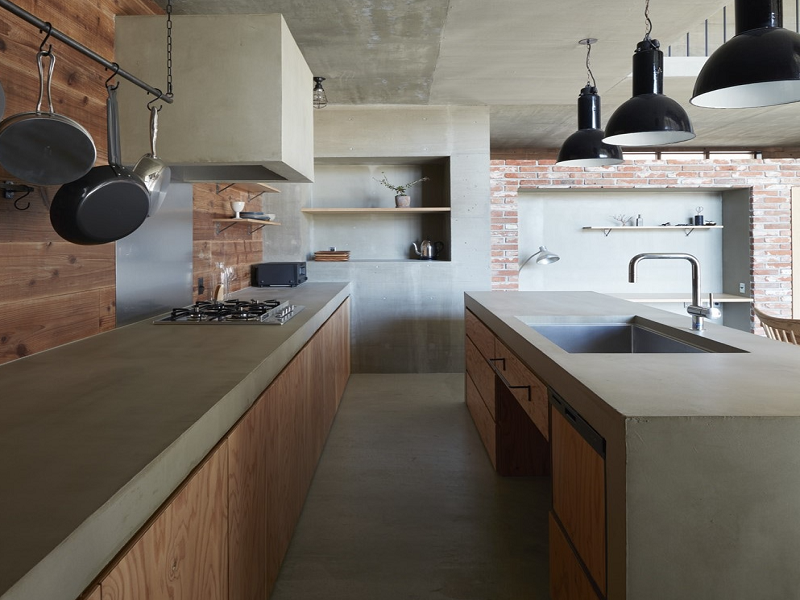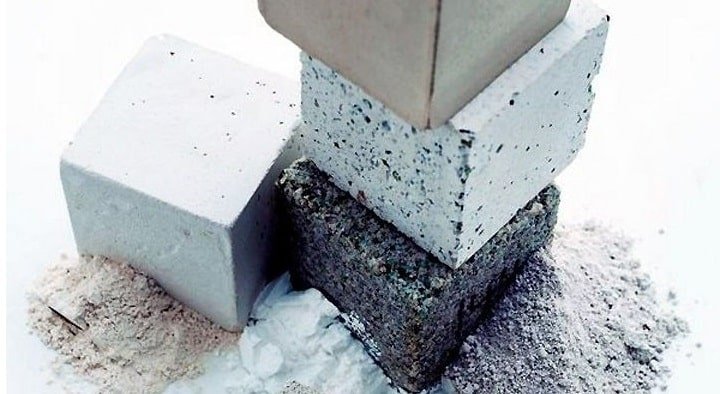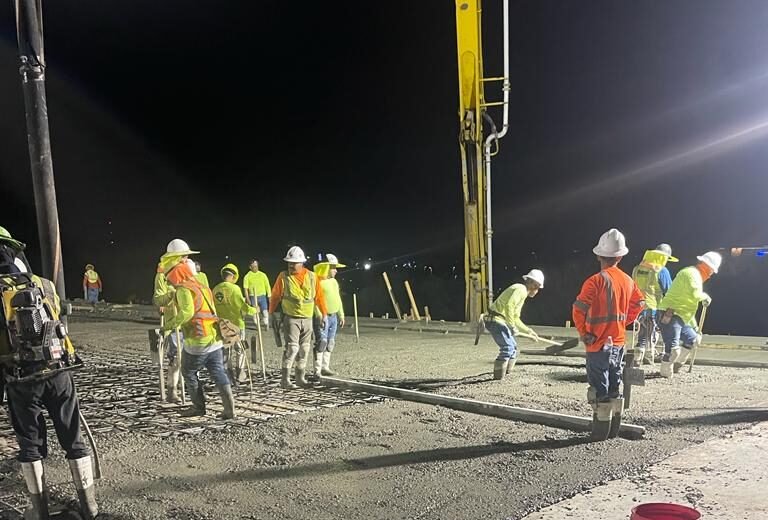
Essential Concrete Safety Tips: Protecting Workers on the Job Site Working with concrete is a fundamental aspect of the construction...

The kitchen is the heart of the home, and the countertop is its centerpiece. When it comes to durability, style, and versatility, concrete countertops are a popular choice among homeowners and designers alike. In this guide, we’ll explore simple steps to create a durable and stylish concrete countertop for your kitchen. From material selection to finishing touches, let’s delve into the world of concrete and discover how it can elevate your kitchen design to new heights.
The first step in creating a concrete countertop is selecting the right mix. Opt for a high-quality concrete mix specifically formulated for countertops, as it offers superior strength and durability compared to standard concrete mixes. Consider factors such as aggregate size, admixtures, and color additives to achieve the desired texture, color, and finish for your countertop.
Once you’ve chosen your concrete mix, it’s time to create the mold for your countertop. Use melamine or plywood to build a form that matches the dimensions and shape of your countertop. Reinforce the mold with rebar or wire mesh to add strength and prevent cracking. Seal the inside of the mold with a release agent to ensure easy removal once the concrete has cured.
With the mold in place, it’s time to pour the concrete. Work in small sections, starting from one end of the mold and working your way to the other. Use a trowel to spread the concrete evenly and eliminate any air pockets or voids. Once the mold is filled, use a vibrating tool or rubber mallet to ensure proper consolidation and remove any trapped air bubbles. Finish the surface with a concrete float or trowel to achieve the desired texture and smoothness.
Enhance the visual appeal of your concrete countertop by adding color and texture. Consider using integral pigments or acid stains to create rich, vibrant hues that complement your kitchen decor. Experiment with different aggregates such as glass, stone, or metal to add texture and visual interest to the surface. Be sure to seal the countertop with a food-safe sealer to protect against stains and moisture damage.
Once the concrete has cured for at least 24 hours, carefully remove the mold and allow the countertop to continue curing for an additional 7-14 days. During this time, keep the countertop moist by covering it with plastic sheeting or damp towels to prevent cracking and ensure proper hydration. After the curing period, apply multiple coats of a high-quality concrete sealer to protect the surface from stains, heat, and scratches.
In conclusion, concrete countertops offer a durable and stylish option for enhancing your kitchen design. By following these simple steps to choose the right mix, create the mold, pour and finish the concrete, add color and texture, and seal and cure the countertop, you can create a stunning focal point that adds beauty and functionality to your kitchen. Embrace the versatility and creativity of concrete and enjoy the timeless elegance it brings to your culinary space.

Essential Concrete Safety Tips: Protecting Workers on the Job Site Working with concrete is a fundamental aspect of the construction...

Decorative Concrete: Trends in Modern Finishes for 2025 Concrete is no longer just a construction material — it’s become a...

Sustainable Concrete Innovations in 2025: The Future of Eco-Friendly Construction In 2025, the construction industry continues its transformation towards sustainability,...

The Science Behind Concrete Cracking: Causes and Solutions Cracks in concrete are one of the most common issues in construction,...

Top 10 Concrete Myths Debunked: What Every Contractor Should Know Concrete is one of the most widely used construction materials,...

How to Plan Concrete Pouring in Large Construction Projects Pouring concrete in large-scale construction projects requires meticulous planning, logistical coordination,...
© 2023 Created with RGA Concrete Contractors LLC
This website uses cookies to provide you with the best browsing experience.